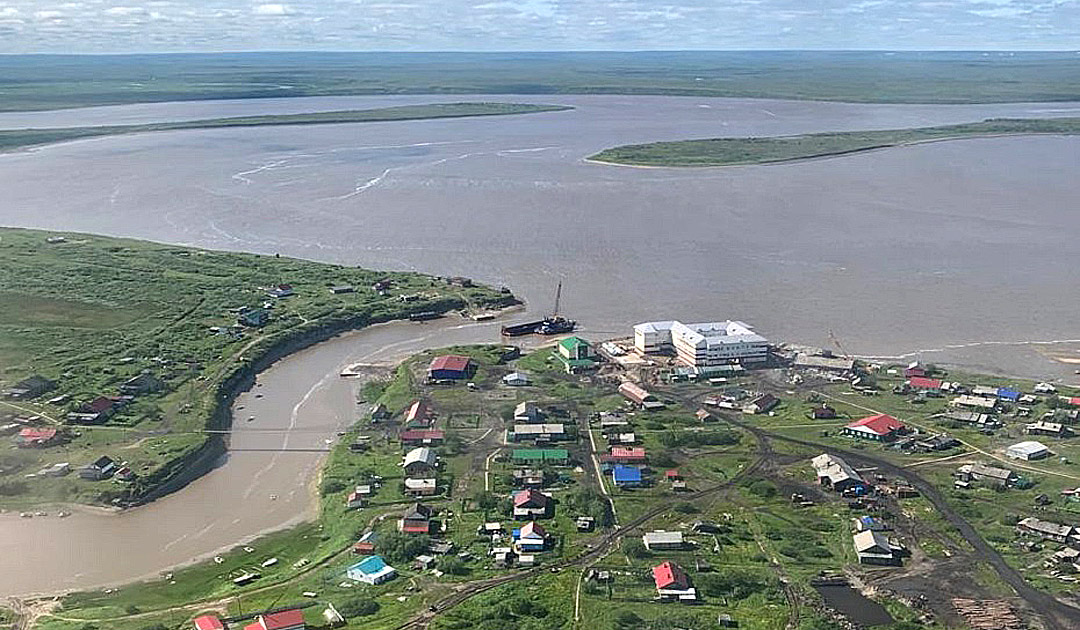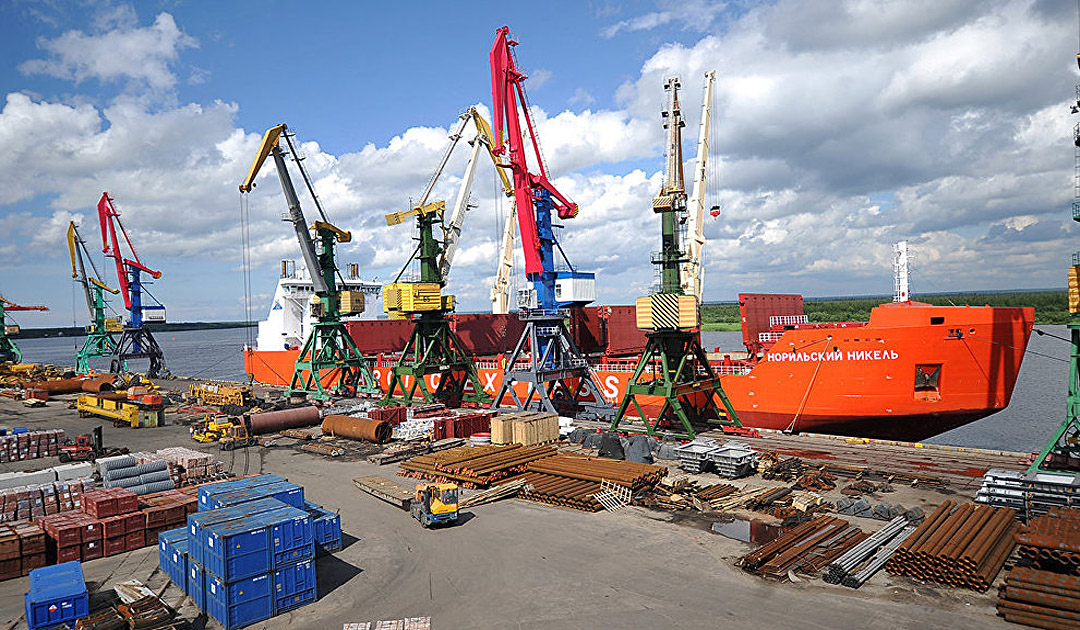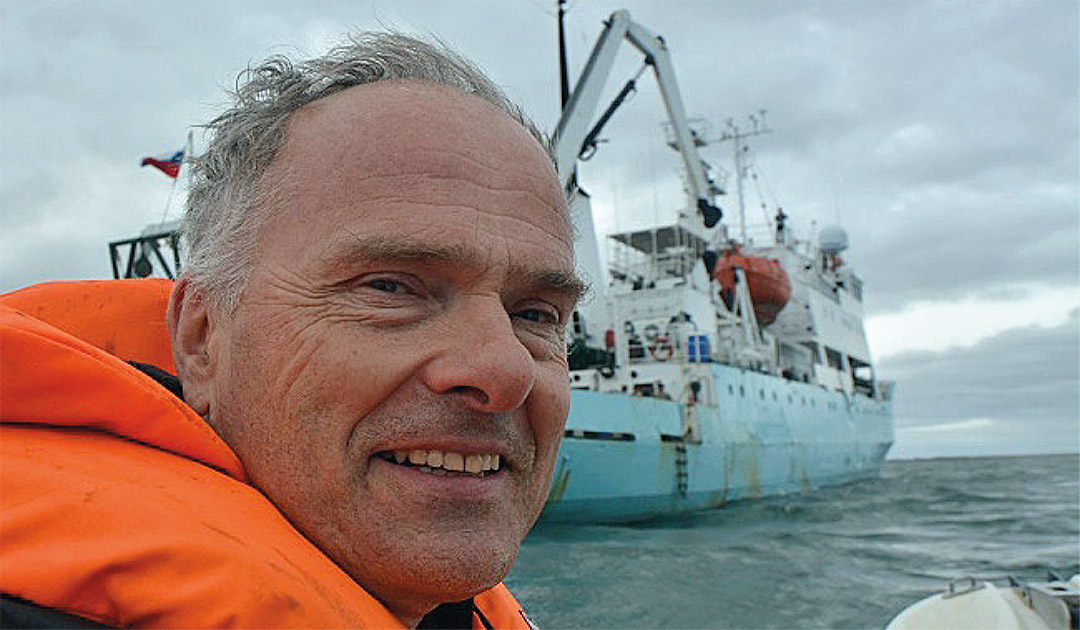
Russia is pushing for more global cargo flow to go north. A new year-round port near Indiga, connected to the Belkomur Railway, could be an attractive trade route through the Eurasian continent. A 500-kilometre railway line from Karpogorye to Indiga is now on the table as part of Russia’s larger Arctic infrastructure strategy for investment.

“In general, it is an absolutely normal, uncomplicated terrain, there is no particularly expensive work,” the acting governor of Arkhangelsk, Alexander Tsybulsky, told reporters, according to state news agency TASS. The construction costs of the railway, a side track of the larger planned Belkomur line, is estimated at 200 billion rubles.
The Belkomur Railway is the long-planned railway line from Solikamsk in the Ural Mountains via Syktyvkar in the Komi Republic to Arkhangelsk on the White Sea. This railway line through the European north of Russia will shorten the line from the Ural Mountains and Siberia to Arkhangelsk by 800 kilometers.

In the village of Indiga, on the Barents Sea coast, five million dollars have already been spent preparing to build a year-round deep-sea port, TASS reported. More money will be available when the large-scale construction work on the port facilities will begin next year. According to the private investment fund AEON Corporation, investments could exceed 300 billion rubles (4.13 billion U.S. dollars) by the time the port opens in 2025.
Russia’s new Arctic hub in Indiga will have a capacity to carry 80 to 200 million tonnes of cargo per year. Goods to be shipped through the port of Indiga to the ice-free Barents Sea include coal, wood and paper, fertilizers and chemical products. These products intended for world markets will come via the new railway from Kazakhstan, Kyrgyzstan and China.

From China to Arkhangelsk
However, the Belkomur Railway is also expected to provide a major boost to shipping through the new Arkhangelsk deep-sea port. In 2016, the Arkshangelsk Transport and Industry Centre signed a memorandum of understanding with Beijing-based Poly International Holding Co. on the construction of a deep-sea port.
“The People’s Republic of China is a key partner for us in the implementation of Arctic projects, including the Bug projects, the most important,” former Archhangelsk Governor Igor Orlov had said at the time.
His successor Aleksandr Tsybulsky now expects even more economic recovery from the Belkomur Railway and the side track to Indiga.
“We will be able to handle most of the export cargo that is now shipped via St. Petersburg and provide our investors with economic conditions so that they can develop more actively and not waste money on transportation,” Tsybulsky told TASS.
Economically reasonable?
Not everyone is convinced that the changed patterns of global Asian cargo flow across the Arctic will occur at the speed predicted by the Russian authorities. Arild Moe, a research professor at the Fridtjof Nansen Institute in Oslo, has spent decades studying Russia’s Arctic investments and departures along the Northern Sea Route.

“The Belkomur Railway, from the Urals to Arkhangelsk, has been discussed for many years without much happening on the ground,” says Professor Moe. He points to previous plans for the port of Indiga, which turned out to be nothing. “Indiga was initially planned as an LNG terminal, but this project was abandoned. The investment needs are very high,” explains Arild Moe. “It is not immediately clear why it would be economically reasonable to ship goods from Central Asia or China via the Arctic if the target is Western markets,” he added.
Heiner Kubny, PolarJournal





